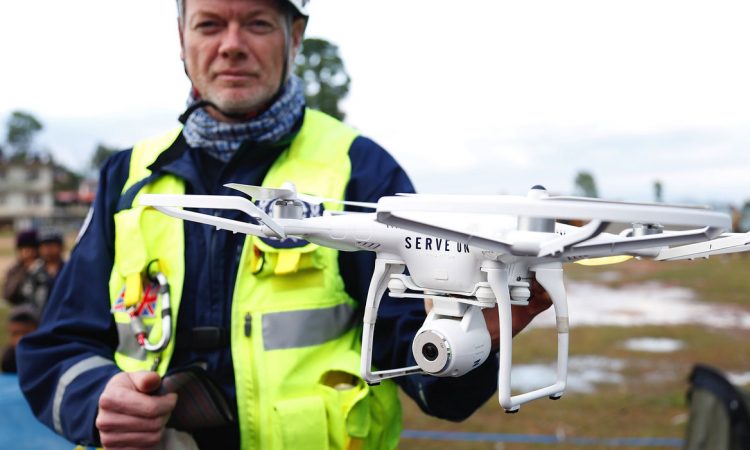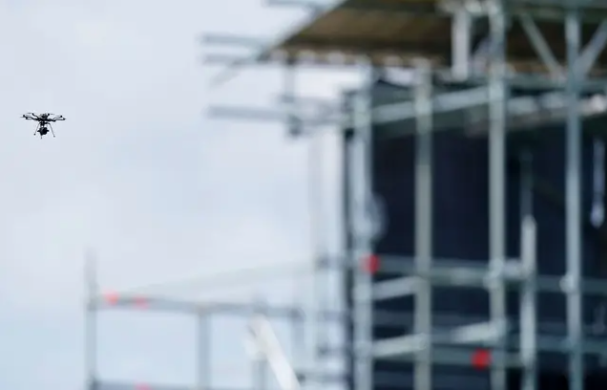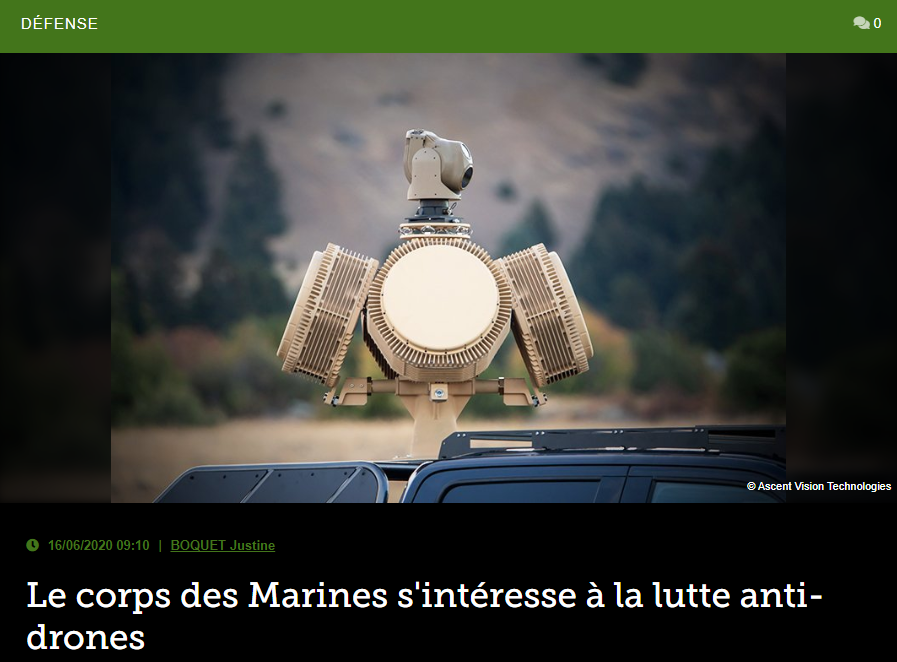In disaster zones whether earthquakes, floods, fires, chemical leaks or explosions, First Responders may be unable to identify hazards or locate victims amid damaged buildings or a destroyed environment, reports gcn.com.
Unmanned aerial and ground vehicles (UAVs and UGVs) already help emergency services gain situational awareness, but the craft’s inability to quickly and efficiently communicate with each other in power and network-constrained environments, limits their ability to work together with First Responders. To address these challenges, researchers have developed “a collaborative wireless autonomous systems network framework for disaster area management.”
Abenezer Girma, a PhD student at North Carolina A&T State University, points out, “Most of the existing technology cannot extend the network service to the autonomous systems, such as UAVs working in network-denied disaster environment and they do not also have a nearby UAVs’ charging point.”
“New breakthrough for first responders to improve communication with drones in emergencies – Urban Air Mobility News





